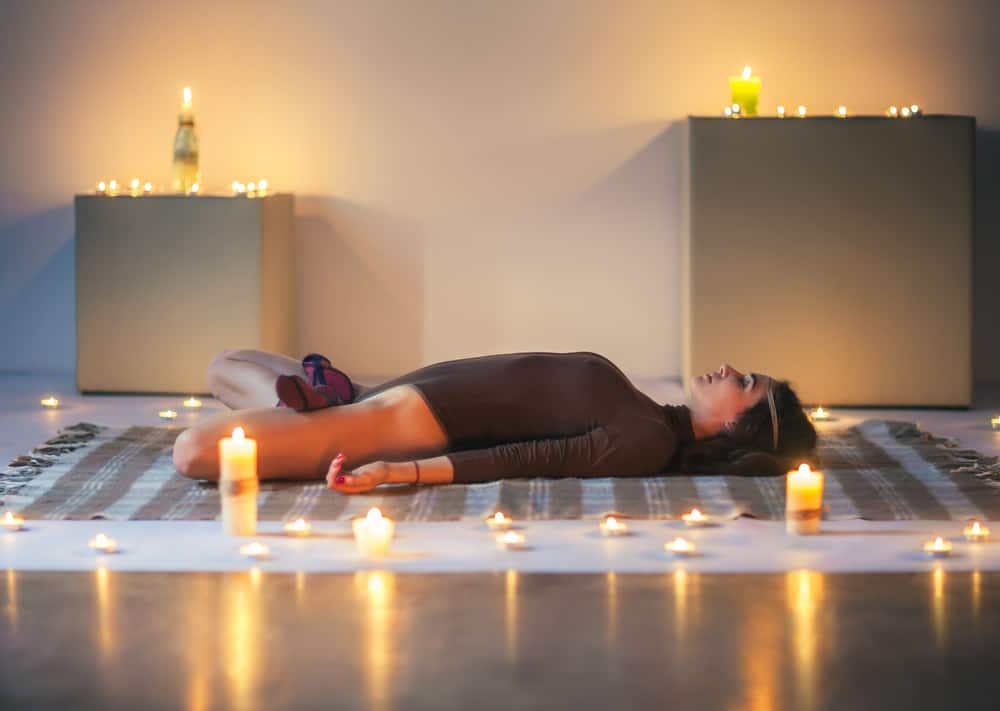You may or may not have noticed that tomorrow is Friday the 13th. Many believe Friday the 13th is one of the unluckiest days on the calendar. There’s so much myth and superstition surrounding this day, that we thought it might be fun to dig into it a bit more.
Here are some facts and some lore about this wildly feared day:
- In France on Friday, October 13 1307, multitudes of Knights Templar were captured and tortured.
- According to University of Delaware professor, Thomas Fernsler, the fear of the number 13 comes from it following 12. Twelve viewed as a safer number, as there were 12 apostles and we have 12 months and 12 zodiac signs.
- Supporting the fear of the number 13, many buildings and hotels skip having a 13th floor entirely.
- The number 13 also has witchcraft connections and is declared the number of witches you need to form a coven.
- French King Philip IV would torture victims on Friday the 13th.
- Likewise, in Britain, many public hangings took place on this day.
- In Geoffrey Chaucer’s, Canterbury Tales, he referenced the unlucky day, warning that starting a journey or a project on a Friday is bad luck.
Whether there is any truth to the superstitions that surround Friday the 13th will forever remain unclear, but that will not stop millions of people across the world from worrying about the unlucky day.






